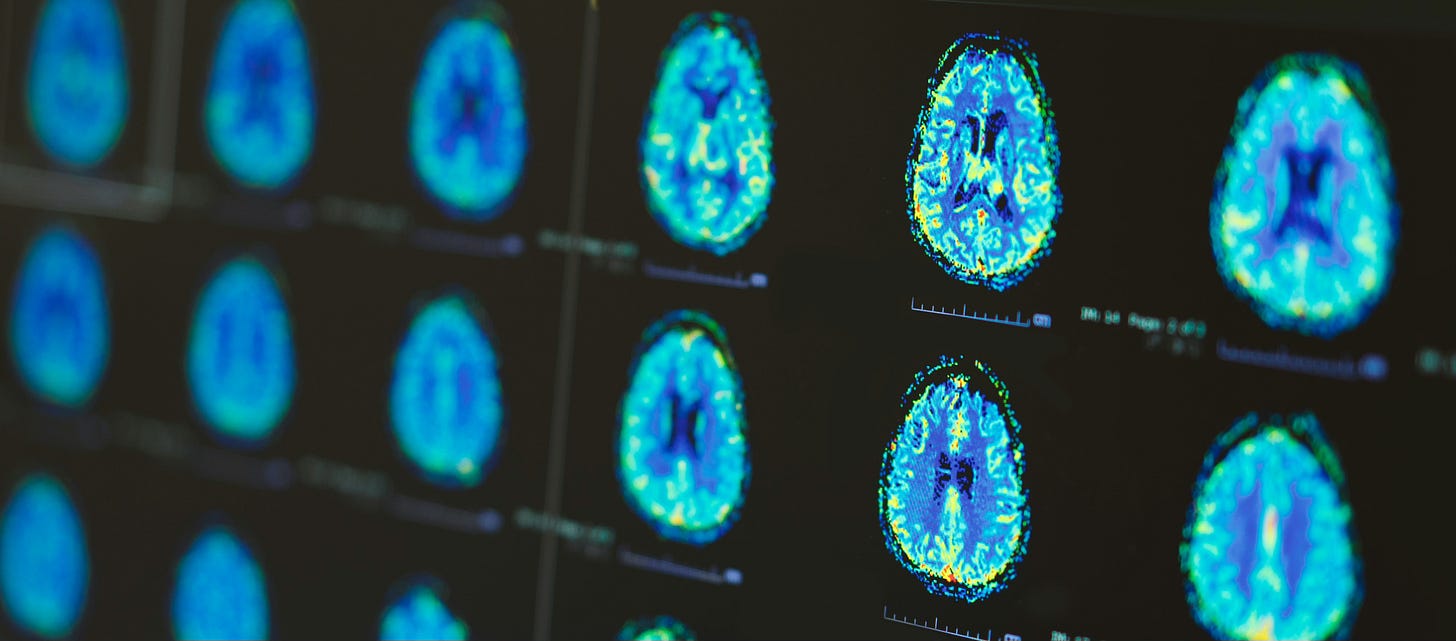The Art of Yogic Hand Postures (Mudra): An Ancient Wisdom and Modern Scientific Insight
Introduction
Yoga, an ancient practice rooted in Indian philosophy, encompasses a holistic approach to physical, mental, and spiritual well-being. One fascinating aspect of yoga that often captivates practitioners worldwide is the practice of Mudras, or yogic hand postures. These intricate gestures are believed to influence energy flow within the body, promoting physical health and mental equilibrium. In this blog post, we will explore the traditional Indian perspective on Mudras and delve into a modern Western scientific analysis, combining ancient wisdom with contemporary understanding.
I. Yogic Perspective on Mudras
1.1 Definition and Origin
Mudras, derived from the Sanskrit word for "seal" or "gesture," are symbolic hand movements employed to channel the flow of energy in the body. These gestures have their roots in ancient Indian texts, including the Vedas and Upanishads, where they are mentioned as a means of spiritual and physical enhancement. The practice of Mudras is deeply ingrained in the yogic tradition, with references found in classical yoga texts like the Hatha Yoga Pradipika and Gheranda Samhita.
1.2 Understanding the Energy Channels
According to yogic philosophy, the human body contains a network of energy channels known as Nadis. These Nadis intersect at various points, forming energy centers called Chakras. Mudras are believed to stimulate these Chakras and regulate the vital life force, or Prana, within the body. By adopting specific hand postures, practitioners aim to balance the five elements (earth, water, fire, air, and ether) and harmonize the flow of energy through the Nadis.
1.3 Types and Purposes of Mudras
There are numerous Mudras, each serving distinct purposes. Some are aimed at promoting physical health, while others target mental and spiritual well-being. For instance, Chin Mudra, where the thumb and index finger touch, is believed to enhance concentration and meditation. Anjali Mudra, commonly used in greeting, is thought to symbolize unity and the connection between the individual and the divine.
II. Western Scientific Analysis of Mudras
2.1 Neurological and Psychological Perspectives
While the yogic explanation of Mudras centers around energy channels and Chakras, modern science approaches this ancient practice from a neurological and psychological standpoint. Research suggests that the hand has a high concentration of nerve endings and is closely connected to the brain's sensory and motor areas. Adopting specific hand postures may influence neural pathways and stimulate corresponding brain regions.
2.2 Psychoneuroimmunology and Mudras
Psychoneuroimmunology, a field exploring the intricate relationship between the mind, nervous system, and immune system, offers insights into the potential health benefits of Mudras. Certain hand postures may activate neural pathways associated with relaxation, reducing stress hormone levels and promoting a sense of well-being. This, in turn, could have positive effects on immune function, illustrating the mind-body connection inherent in Mudra practice.
2.3 Electrodermal Activity and Mudras
Studies utilizing electrodermal activity (EDA) measurements have shown changes in skin conductance during Mudra practice. EDA reflects sympathetic nervous system activity, and alterations in skin conductance suggest an autonomic response to specific hand postures. This lends scientific support to the idea that Mudras may indeed influence the autonomic nervous system, potentially contributing to stress reduction and improved physiological balance.
III. Integrating Tradition with Science
3.1 Mindfulness and Cognitive Benefits
Both traditional yogic philosophy and modern science acknowledge the cognitive benefits of Mudra practice. Mindfulness, a key element of many Mudras, has been associated with improved attention, emotional regulation, and overall cognitive functioning. By bringing attention to hand gestures, practitioners may experience heightened awareness and a deeper connection between the mind and body.
3.2 Yoga as a Complementary Therapy
The integration of Mudras into contemporary health practices is gaining recognition. Yoga, including Mudra practice, is increasingly employed as a complementary therapy in various medical settings. Research suggests that incorporating yogic interventions, including Mudras, may contribute to the management of conditions such as anxiety, depression, and chronic pain.
Conclusion
The practice of Mudras represents a harmonious convergence of ancient yogic wisdom and modern scientific understanding. While traditional Indian philosophy attributes the efficacy of Mudras to the regulation of energy flow within the body, Western science provides a nuanced perspective by examining the neurological and psychological mechanisms at play. The combination of these perspectives enriches our comprehension of Mudras, illustrating the enduring relevance of this ancient practice in promoting holistic well-being.
Free Professionally Filmed and Edited Course on Meditation and Neuroplasticity
For more information on how practices like Qigong and meditation influence mental and physical health, please head over to www.jadedragon.org.
If you found this post informative, we kindly request you to like, comment, subscribe, and share it with your friends and family. Spreading the word will help us reach more people, offering them the potential for improved health, strength, and peace of mind.
References:
Bhavanani, A. B., & Ramanathan, M. (2014). Immediate effect of mukha bhastrika (a bellows type pranayama) on reaction time in mentally challenged adolescents. International Journal of Yoga, 7(1), 32–36. https://doi.org/10.4103/0973-6131.123475
Kochupillai, V., Kumar, P., & Singh, D. (2003). Effect of rhythmic breathing (Sudarshan Kriya and Pranayama) on immune functions and tobacco addiction. Annals of the New York Academy of Sciences, 1011(1), 539–543. https://doi.org/10.1196/annals.1293.051
Mohan, R., & Mooventhan, A. (2018). Scientific evidence-based effects of hydrotherapy on various systems of the body. North American Journal of Medical Sciences, 10(7), 290–293. https://doi.org/10.4103/njms.NJMS_5_18
Nagarathna, R., & Nagendra, H. R. (1985). Yoga for bronchial asthma: A controlled study. British Medical Journal (Clinical Research Ed.), 291(6502), 1077–1079. https://doi.org/10.1136/bmj.291.6502.1077
Raghuraj, P., & Telles, S. (2008). Immediate effect of specific nostril manipulating yoga breathing practices on autonomic and respiratory variables. Applied Psychophysiology and Biofeedback, 33(2), 65–75. https://doi.org/10.1007/s10484-008-9050-7
Telles, S., Nagarathna, R., & Nagendra, H. R. (1994). Breathing through a particular nostril can alter metabolism and autonomic activities. Indian Journal of Physiology and Pharmacology, 38(2), 133–137.






